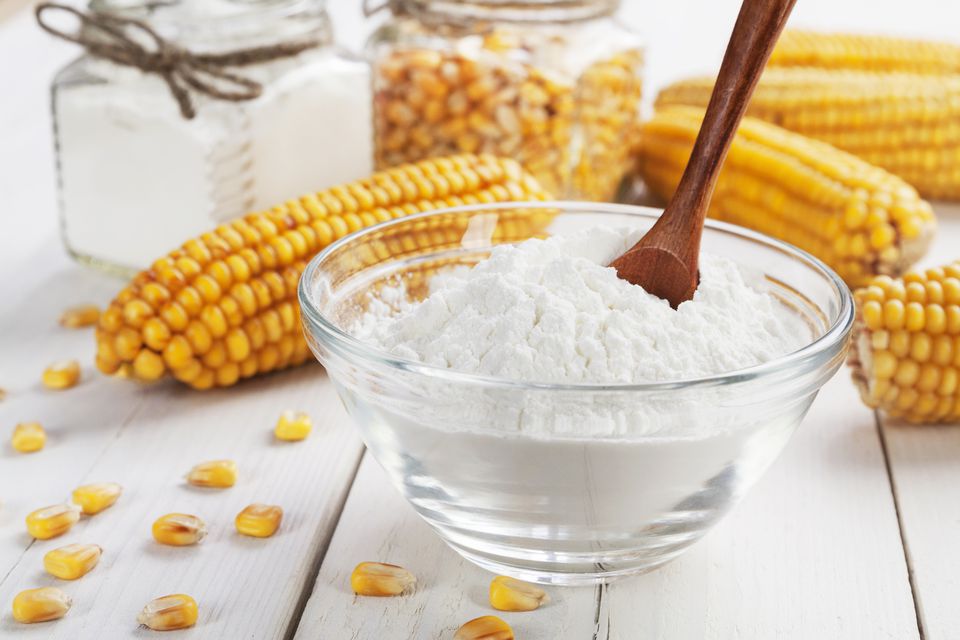
WHAT IS STARCH?
Starch is a carbohydrate extracted from agricultural raw materials which is widely present in literally thousands of everyday food and non-food applications. It is the most important carbohydrate in the human diet. Because it is renewable and biodegradable, used in industrial applications, plastics, glues, paper and board industries. Plus many food applications. The starch molecule consists of a large number of glucose units joined by glyosidic bonds. It is produced by all vegetables as an energy store.
From plant to powder. The formation of starch in plants is through the process of photosynthesis. This physiological mechanism makes it possible for the plants to produce and store the glucose (elementary sugars) which is necessary for their growth and reproduction.

Initially, the plant assimilates the carbon from the atmosphere and transforms it into glucose, the basic molecule. This is then used for the synthesis of the starch polymers associated with pure glucose.
The starch industry separates the components of the plant. The first phase being stages of physical separation of the components crushing, sifting, centrifuging. In the second stage the starch which has been extracted, which has been extracted in its purest form, after drying (this is called “native starch”) or it will be further processed undergoing various transformations aiming either at modifying its performance (“modified starch”) or to obtain sweeteners through the process of hydrolysis (“glucose corn syrup”)
Native starches are perfectly suited to a wide variety of applications both food based applications along with industrial applications. However very early on it appeared necessary, in some cases to improve the performance of the starch, giving improved functionality or behaviour.
Modified Starches
The behaviour of the starch changes through modification to improve stability and viscosity through temperature and general harsh production conditions. The first modification starch dates back to the 19th century, this was generally in partnership with customer industries which sought to make starches compatible with their industrial processes. The various modifications of starch make it possible to obtain: Easier food preparation. Better conservation of food. Better stability of food even when heated under severe conditions.
Main technical Modifications
Cross Linked – Is the creation of bridges between the starch chains with specific connections. This process makes it possible to maintain inflated granules and to decrease the loss viscosity.
SubstitutionThis gives stabilization property to starch, mainly during cycles of freeze thawing. This is thanks to molecules which ensure the repulsion between the starch chains, these cannot recombine. The minimisation of the starch retro gradation is thus ensured.
Glucose Syrups
The starch molecule consists of a large number of glucose units. Glucose has been essential in the food industry since 19th century as a substitute for cane sugar which was in short supply. The industrial process of starch sulphuric acid hydrolysis first appeared in 1811. Then later during the 1960s enzymatic technology was developed. Starch sweeteners meet the demand of sweetening mixtures and bringing additional functionality to many sectors. Beverages. Confectionery and Dairy and Dessert applications, contributing to the texture, colour stability and flavour of the final products, while also remaining economical.
Glucose is used in confectionery mainly for their anti-crystallizing role. While in brewing it is used especially for the sweetening power. Glucose syrups can adapt, as with the starch from which they result, into a considerable variety of products, each developing specific properties. The hydrolysis transformation allow the production of a very broad range of glucose products, with a wide range of sweetening capacity, texture and taste.
